tin mới nhất
Danh mục sản phẩm
Nóng bức Các sản phẩm
-
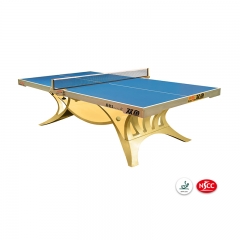
Bàn đánh bài cao cấp cho giải vô địch Volant King
Bàn bóng bàn cao cấp phù hợp với giải vô địch. Được ITTF và NSCC phê duyệt. Bạc Undercarriage + Ánh sáng Xanh
Đọc thêm -
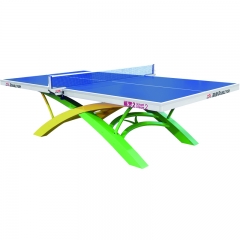
Bảng bóng bàn chính thức cho giải đấu Volant Dream 2
Bàn chơi bóng bàn chính thức Volant Dream 2 cho các cuộc thi quốc tế do Double Fish Sports thiết kế.
Đọc thêm -
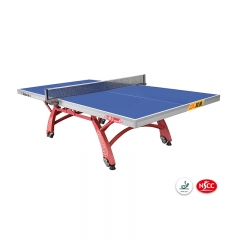
Bảng bóng bàn chính thức cho các giải thi đấu XIANGYU 328
Bàn chơi bóng bàn có thể gập lại cao cấp, thiết kế gọn nhẹ Hệ thống xếp gấp mới làm giảm tối thiểu nguy cơ thương tích trong khi cất và di chuyển bàn. ITTF chấp nhận bàn bóng bàn.
Đọc thêm -
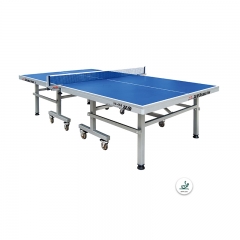
Bảng bóng bàn chính thức bền cho World Tour 99-45B
ITTF đã thông qua bảng bóng bàn chính thức bền cho giải đấu quốc tế. Độ dày của bàn ăn: 25mm TOURNAMENT CHẤT LƯỢNG - Bảng chuyên nghiệp này được thiết kế cho mức độ cạnh tranh cao nhất. HOÀN HẢO CHO GIA ĐÌNH - Cung cấp trò chơi cao cấp cho mọi lứa tuổi. Hãy đi đầu hoặc gấp lại để thực hành cá nhân. Thép khổ nặng 2 inch giúp giữ được những thách thức khó khăn nhất. Một trung tâm tuyệt vời cho phòng chơi game, phòng tập thể dục, phòng tập thể dục của bạn. EASY ASSEMBLY-Bắt đầu chơi trong vài phút với hội đơn giản. Lưới chất lượng cao được trang bị khóa kẹp dễ dàng gắn vào.
Đọc thêm -
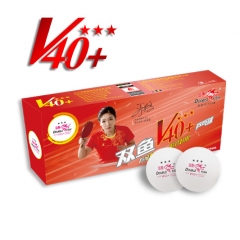
Giường đôi chất lượng tốt nhất V40 + Bóng bay Bóng rổ 3 sao
Double Fish V40 + Volant 3 sao Bóng bàn Bóng được xác nhận để ITTF mới nhất Tiêu chuẩn kỹ thuật T3.
Đọc thêm -
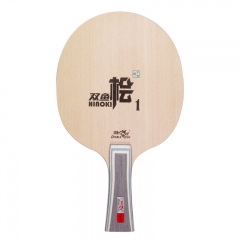
Double Fish QIJI Bàn đánh quần vợt toàn diện
Double Fish QIJI bóng bàn toàn diện, đó là bóng bàn bán chạy nhất bảng bóng bàn, & nbsp; Hoàn hảo cho các cầu thủ truyền thống allround
Đọc thêm
Truy tìm nguồn gốc của Double Fish – sự phát triển của Nhà máy Bóng bàn Quảng Châu (Phần 1)
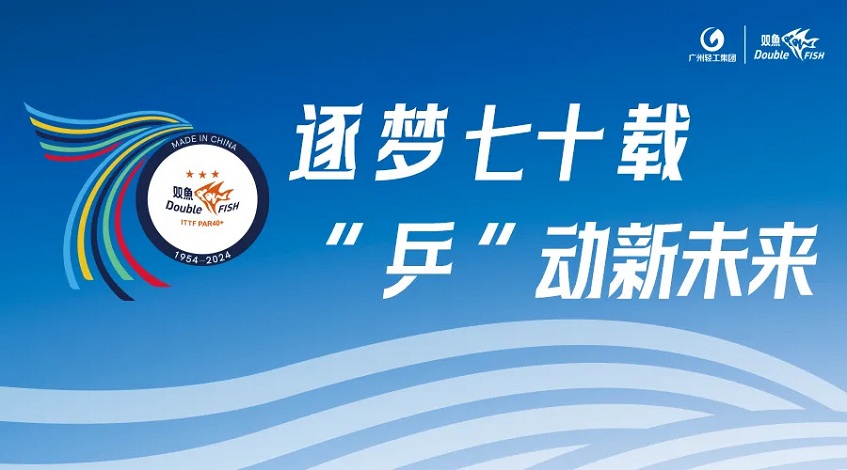
Kể từ khi thành lập nước Cộng hòa Nhân dân Trung Hoa, Quảng Châu đã không ngừng thúc đẩy quá trình công nghiệp hóa và hiện đại hóa xã hội chủ nghĩa bằng cách thực hiện kế hoạch 5 năm phát triển kinh tế và xã hội quốc gia. Trong thời kỳ này, Quảng Châu bước đầu thiết lập hệ thống kinh tế xã hội chủ nghĩa, đặt nền móng cho việc thúc đẩy toàn diện công cuộc xây dựng xã hội chủ nghĩa.
Mùa thu năm 1959, một cuộc họp quan trọng của chi bộ đảng được tổ chức trong một căn nhà tranh hoang tàn ở Duntouji②, phía đông Quảng Châu. Bí thư chi nhánh Liao Honglue đã truyền đạt quyết định của huyện ủy về việc chấm dứt hoạt động của hơn 30 nhà máy trong ngành thực phẩm, văn hóa và giáo dục ở quận trung tâm③ để xây dựng cơ sở sản xuất nguyên liệu hóa chất tại đây. Tại cuộc họp, mọi người bàn bạc và thành lập một nhà máy mới hạch toán độc lập bằng cách lấy các thiết bị xây dựng dân dụng và công nhân do mỗi nhà máy để lại. Ngay sau đó, cấp trên đã đồng ý với đề nghị của họ và đưa ra chỉ thị nghiêm khắc “chỉ được phép thành công, không được phép thất bại”. Vì vậy, cái tên "Nhà máy hóa chất thực phẩm Chenggong" ra đời.
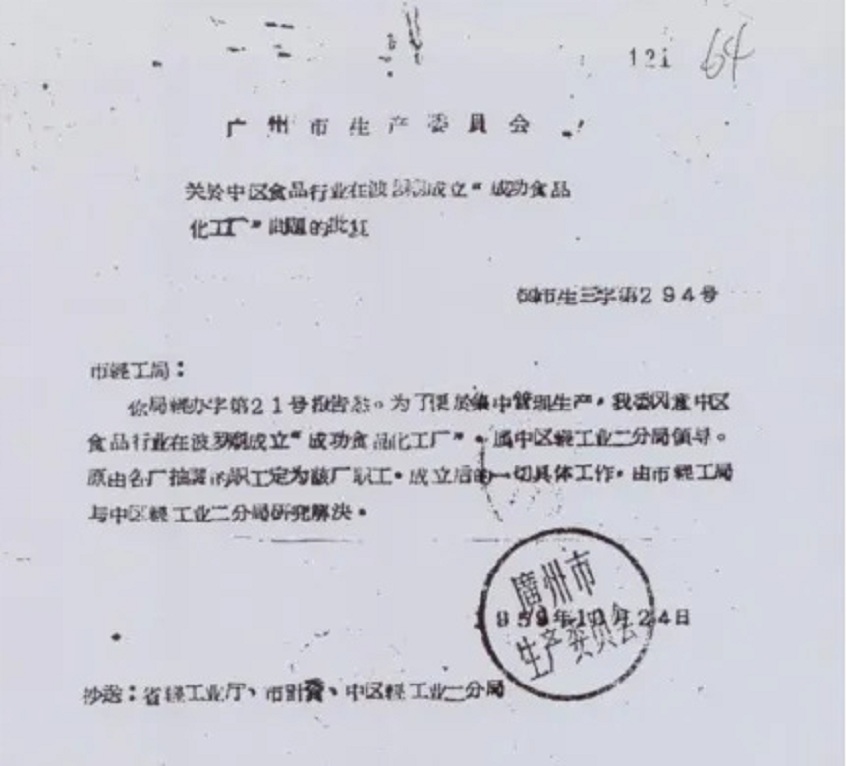
Trả lời của Ủy ban Sản xuất Thành phố Quảng Châu về việc thành lập Nhà máy Hóa chất Thực phẩm Chenggong
Vào tháng 3 năm 1960, nhà máy mới thành lập quyết định chuyển đến địa điểm mới là Đền Polo④ ở bờ bắc⑤. Một sườn đồi gồ ghề và cằn cỗi, một nhà máy mới với “nền móng” sơ sài, phải đối mặt với sự gian khổ “trời trên đầu, dưới chân hoang vu”. Nhà máy có thể hoạt động trong tình huống này không? Các công nhân cho biết: “Người ăn đồ sẵn sẽ trở nên mềm yếu. Dù vất vả đến mấy cũng không khổ bằng việc sống trong túp lều tranh và ngủ trên bùn khi mới đến Duntouji.
"①Nội dung bài viết này chủ yếu được biên soạn dựa trên dữ liệu lịch sử của Nhà máy bóng bàn Chenggong và trang 303-304 của Tập 5 (Phần 1) của Biên niên sử thành phố Quảng Châu".
②Theo hồi ức của Li Zhouchang, nhà máy cũ Giám đốc Nhà máy bóng bàn Chenggong Quảng Châu vào những năm 1980, Dongjiao Duntouji nằm gần Nangang ở quận Hoàng Phố.
③Quận Trung tâm bị bãi bỏ vào năm 1960, và phần lớn Quận Trung tâm được giao cho Quận Yuexiu hiện tại, và một số khu vực được giao cho Liwan. Quận và quận Haizhu.
④Đền Polo, còn được gọi là chùa Nam Hải và chùa Đông, tọa lạc tại làng Miaotou, quận Hoàng Phố, Quảng Châu. Nó được xây dựng vào năm Khai Hoàng thứ 14 thuộc triều đại nhà Tùy (594), và có từ lâu đời. lịch sử hơn 1.400 năm
⑤ Do địa điểm nhà máy gần cửa sông Châu Giang nên thành phần nước biển xung quanh ảnh hưởng đến việc sản xuất nguyên liệu hóa học nên người ta quyết định di dời nhà máy đến địa điểm phù hợp hơn. "
There are ways to deal with poverty. If there is no house, build it yourself!" So, they transported all the building materials from Duntouji - whether it was a straw shed, bricks and tiles, or a stove, or even a newly planted peach tree - across the river without omission, and started to build a new factory on this barren land. On this barren hillside, cadres, workers, and hundreds of heroes were engaged in base construction. Those who burned lime, carried sand and water, moved bricks to build walls, and nailed metal frames... During the day, it was steaming; at night, it was bustling. Everyone was united, and the soil turned into gold, and the factory buildings and dormitories were built.
Although the factory building was built, it still faced many challenges. But the workers were not afraid of difficulties and began to use local methods to produce chemical products to meet the urgent needs of industrial production at that time. They set about producing basic chemical raw materials such as hydrochloric acid, pure sulfur, ethanol, monomer flavors, barium sulfide and hydrosulfuric acid, and supplied them to many factories including the Asia Soda Factory to support the development of Guangzhou's industry.
At this time, the table tennis sport in New China had gradually developed, constantly pushing the domestic table tennis sport to a new peak.
In 1959, the world was shaken by a Chinese athlete. On April 5 of that year, the 25th World Table Tennis Championships was held in Dortmund, the former West Germany. The 21-year-old table tennis player Rong Guotuan defeated many world players in succession, and finally faced the Hungarian veteran Sido who had won the world championship nine times. Rong Guotuan played steadily after losing the first game, and finally won three games in a row, winning the men's singles world championship for China. This is the first world championship since the founding of New China.
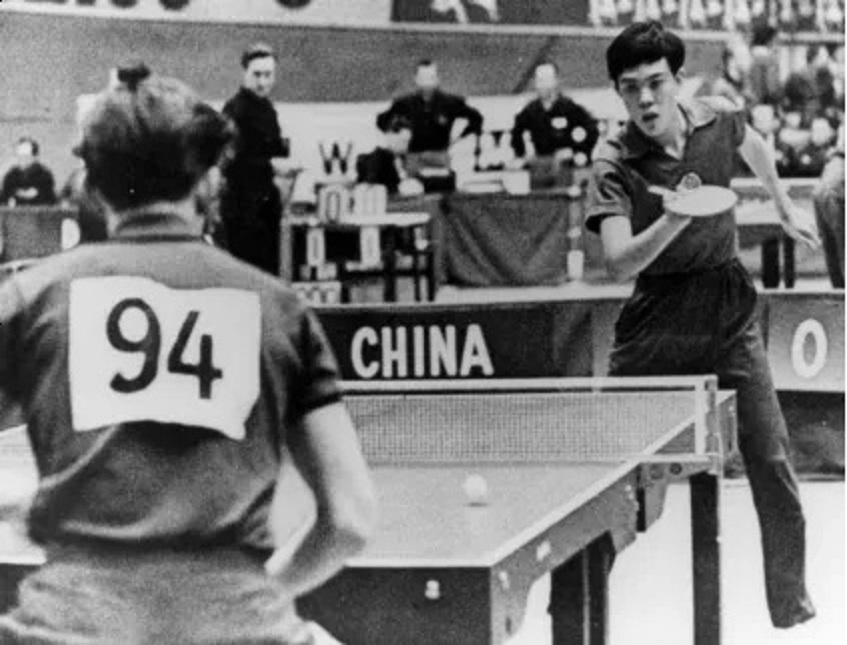
The 25th World Table Tennis Championships, Rong Guotuan is in full swing
Almost at the same time as Rong Guotuan won the championship, the International Table Tennis Federation agreed to host the 26th World Table Tennis Championships in Beijing. After the news came out, people rushed to tell each other, and all parties showed concern and support. Welcoming the "26th" and playing well in the "26th" has become a major event across the country. As a result, the table tennis craze swept across China, and the demand for table tennis equipment increased day by day.
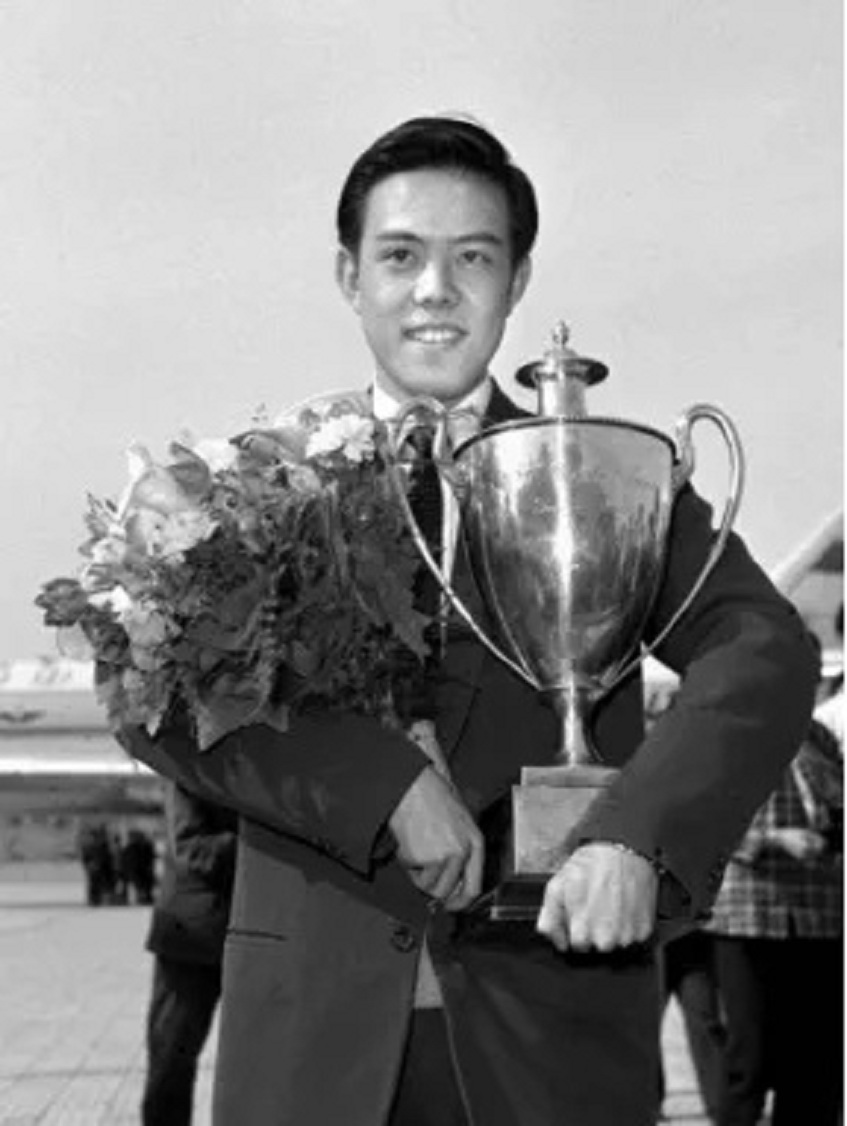
China's first world champion Rong Guotuan
In 1960, in response to Chairman Mao's call for "developing sports and strengthening the people's physique" and to meet the people's need for table tennis when developing sports, in September of that year, the superiors decided that the future product task of Chenggong Factory would be to produce table tennis. The factory name was changed to Chenggong Table Tennis Factory, and it was decided to integrate a table tennis trial production team of Guangzhou Guoqun Musical Instrument Factory ⑥ into it. Unexpectedly, this production conversion decision determined the fate of the birth of the first professional table tennis factory in Guangzhou, and even had a profound impact on the development of Chinese table tennis equipment!
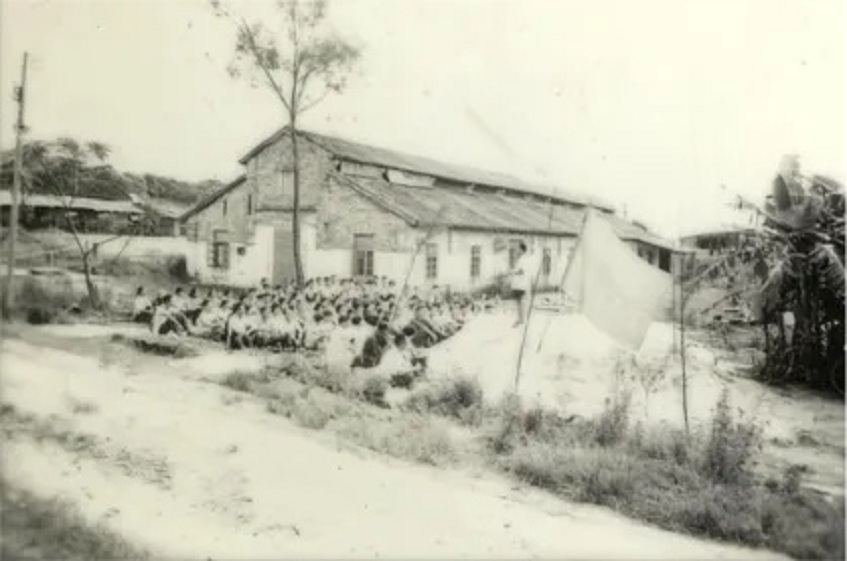
The appearance of the factory near the Polo Temple in the last century
When the Chenggong Table Tennis Factory received the task of switching to the production of table tennis balls, it faced many difficulties: first, it had no technology to produce table tennis balls; second, it had no machinery and equipment, only a few simple tools such as vises, hand drills, and broken bellows; third, it had no industrial water, only a drinking well; fourth, it had no suitable factory buildings, only four borrowed earthen houses for temporary residence. All the employees of the factory carried forward the spirit of "self-reliance and hard work", relying on simple tools to make parts and equipment; dig channels and build pools to draw mountain water, and use cars to draw river water during droughts; build earth stoves, borrow large pots, and use boiling water to "cook" table tennis balls⑦
"⑥According to the "Guangzhou City Annals", in the early 1950s, Guangzhou Guoqun Musical Instrument Factory once produced toy table tennis balls, with a monthly output of about 50,000.
⑦The original table tennis ball process: First, the 0.55 mm thick raw material is cut into discs through a punching process. Then, these discs are heated in hot water to soften, and then placed in a pressing mold and pressed into two hemispherical shapes with edges. After the initial forming is completed, the edge rings of the two hemispheres are cut off to ensure the neatness and uniformity of the edges. Subsequently, the two hemispheres with the edge rings removed are precisely bonded by using a special solvent, and the bonded spheres are soaked in warm water for maintenance. Finally, Put the bonded sphere into the mold and heat it in a medium with a temperature higher than 100 degrees (such as water or wax solution) to eliminate the bonding seams and ensure the overall strength and shape of the sphere. The process of "boiling" ping-pong balls refers to the last step, which is to heat it in a medium with a temperature higher than 100 degrees (such as water or wax solution) to eliminate the bonding seams. "
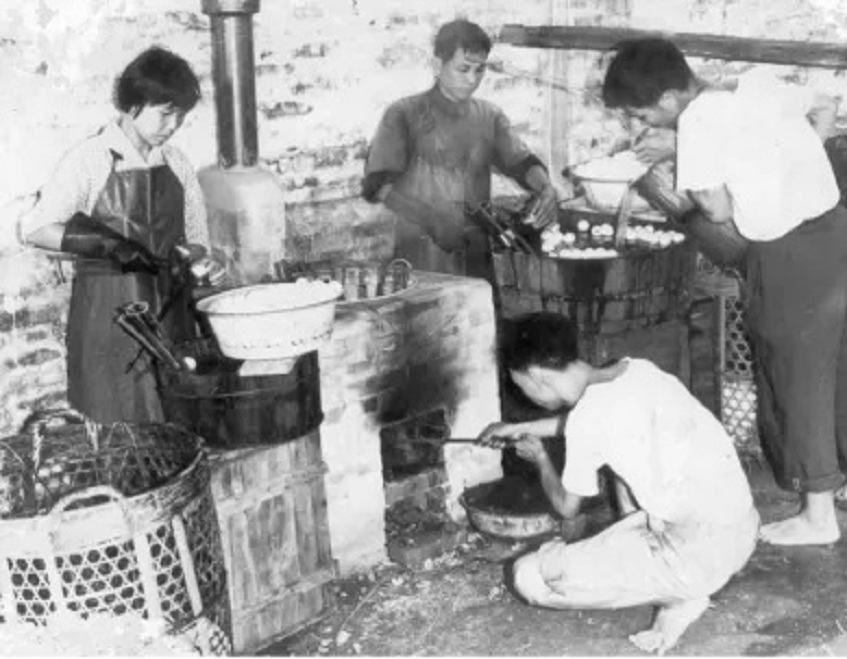
Early ping-pong ball production
Dù lúc đó chưa có thương hiệu và tiêu chuẩn chất lượng rõ ràng nhưng lô bóng bàn này là hiện thân của vô số nỗ lực, mồ hôi của thế hệ người Song Ngư trước đây, tỏa sáng với ánh sáng tư tưởng “tự lực, chịu khó”. ", Và cuối cùng đã xuất hiện thành công!























 +8620-84319554
+8620-84319554 +8620-84328948
+8620-84328948
 +86 13829778212
+86 13829778212